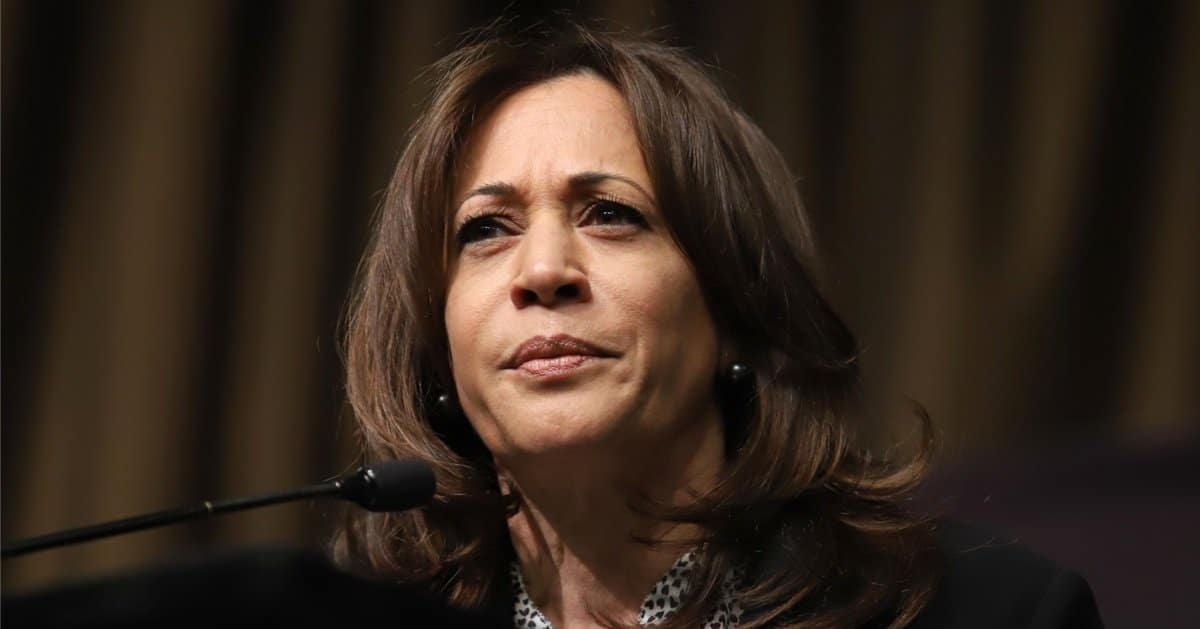


With just 62 days remaining until the 2024 presidential election, Kamala Harris has made a pivotal move, unveiling her proposal for a more modest increase in the capital gains tax rate, positioning her stance in contrast to President Joe Biden’s more aggressive plan.
The Daily Mail reported that Harris is advocating for a top rate of 28 percent, a notable reduction from Biden's proposed 44.6 percent, which could mark a key difference in the economic approaches between the two Democratic leaders.
The proposal underscores a significant policy departure as Harris seeks to distinguish herself from Biden in the final stretch of a highly competitive race.
The current top capital gains tax rate stands at 20 percent, with an additional 3.8 percent tax on investment income.
In contrast, President Biden’s plan aims to tax capital gains as ordinary income, which would lead to a significantly higher effective rate, especially for households with a taxable income of $1 million or more. Biden’s approach could push the capital gains rate to nearly 45 percent for the wealthiest taxpayers. Harris, however, appears to be targeting a more moderate approach.
Harris’s proposal to limit the top capital gains tax rate to 28 percent marks a strategic attempt to balance the need for revenue with concerns about discouraging investment.
This policy shift comes as the Harris campaign is closely monitoring polling data, which shows a tight race against former President Donald Trump. As the election nears, Harris is aiming to position herself as a pragmatic alternative by maintaining some elements of Biden's tax plans while softening others.
Harris’s decision to maintain the $1 million income threshold for the top rate aligns with Biden’s plan, but the lower top rate she proposes highlights a desire to ease the burden on high-income investors while still raising revenue from the wealthiest taxpayers. Under the current system, individuals earning between $47,000 and $519,000 pay a 15 percent rate on capital gains, with higher earners subject to the top rate of 20 percent.
The timing of this policy announcement is significant. With just over two months left before election day, Harris's campaign is making a concerted effort to appeal to a broad swath of voters, particularly those concerned about the economic implications of Biden’s tax policies.
Harris’s stance offers a contrast that may attract moderate voters and investors who worry that a sharp rise in the capital gains tax could stifle economic growth.
In addition to federal taxes, state taxes on capital gains could further increase the burden on taxpayers. Harris’s decision to propose a lower federal rate could help mitigate these concerns and make her platform more palatable to voters in states with high tax rates.
By offering a plan that raises billions from wealthy individuals but at a lower rate than Biden’s proposal, Harris is attempting to craft a more centrist economic message.
The contrast between Harris’s plan and Biden’s is not limited to the numbers. Biden’s proposal to tax capital gains as ordinary income marks a significant departure from the existing system, which treats capital gains more favorably than other types of income.
Harris’s approach suggests she is more cautious about making dramatic changes to the tax code, a move that could reassure investors concerned about potential market disruptions.
Biden’s plan has been criticized by some for being too aggressive, particularly in light of economic uncertainty.
By proposing a more gradual increase in the top rate, Harris may be hoping to avoid the backlash that could accompany a more drastic policy shift. Nonetheless, her plan still seeks to generate significant revenue from wealthy taxpayers, signaling that she remains committed to addressing income inequality.
In her upcoming speech in New Hampshire, Harris is expected to elaborate on how her capital gains tax plan fits into her broader economic agenda. Her decision to maintain the $1 million threshold while lowering the top rate suggests a desire to target wealthier individuals without imposing overly harsh penalties on long-term investments. This could be a key selling point as she seeks to differentiate herself from both Biden and Trump.
State-level taxes could complicate the picture, potentially pushing the effective tax rate on capital gains even higher.
However, Harris’s proposal offers a middle ground, raising revenue from the wealthy without pushing rates to the levels proposed by Biden. This approach could help alleviate concerns from voters who are wary of the potential impact of Biden’s more aggressive tax policies on the economy.



